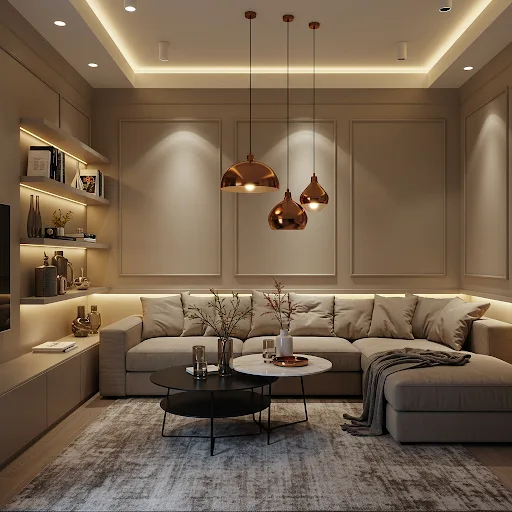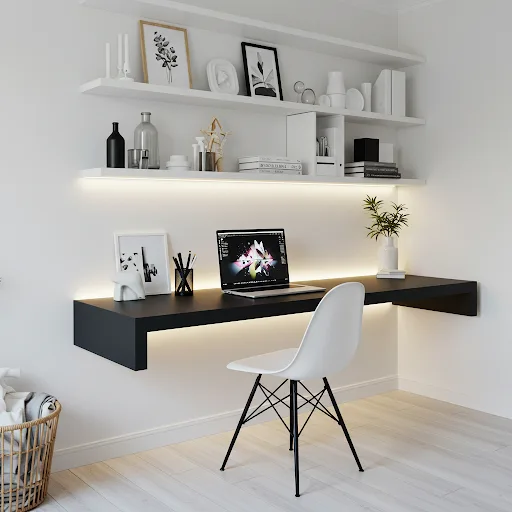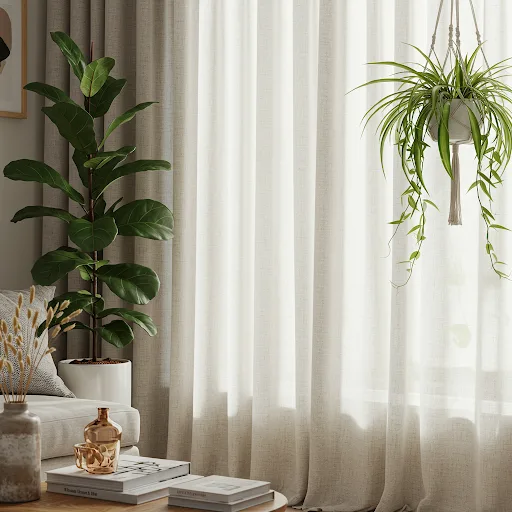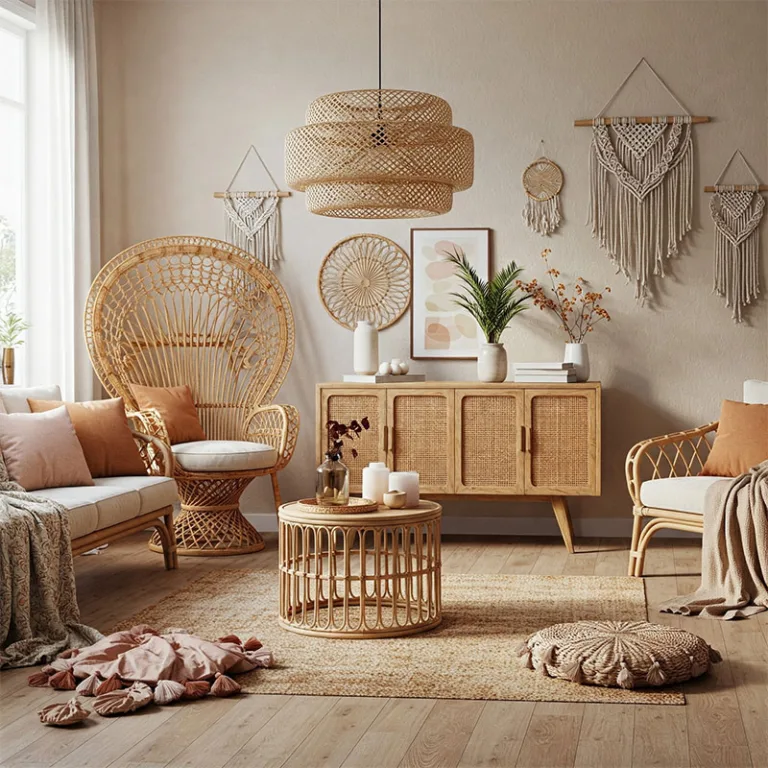Tiny Homes, The Decor Rule Designers Swear By
Living small doesn’t mean living without style. In fact, interior designers love the challenge of maximizing charm, comfort, and function in compact spaces. And when it comes to decorating Tiny Homes, there’s one rule that nearly every expert swears by: “Less but Better.”
This guiding principle isn’t just a minimalist mantra, it’s a strategic design approach that balances aesthetics, utility, and scale. If you’re working with a small footprint, whether it’s a studio apartment, a converted van, or a 400-square-foot micro home, mastering this one rule can completely transform your space.
In this article, we’ll explore why “Less but Better” is the golden rule for tiny home interiors, how to apply it in practical ways, and the design secrets professionals use to make small spaces feel big.
Table of Contents
Why “Less but Better” Is the Golden Rule of Tiny Home Decor
Tiny homes require intentional design. Every square foot matters, and clutter, whether visual or physical, can quickly overwhelm a small room.
The “Less but Better” rule urges homeowners to choose fewer, higher-quality pieces that serve multiple functions and offer timeless appeal. This doesn’t mean going without, it means curating every object for impact, utility, and longevity.
It’s Not About Sacrifice — It’s About Strategy
Interior designers use this approach to:
- Maximize functionality without crowding the room.
- Create focal points using standout items rather than over-decorating.
- Elevate the aesthetic with curated textures, finishes, and colors.
- Simplify maintenance, reducing the mental and physical load of managing excess items.
When done right, “Less but Better” doesn’t just make a small space livable, it makes it luxurious.
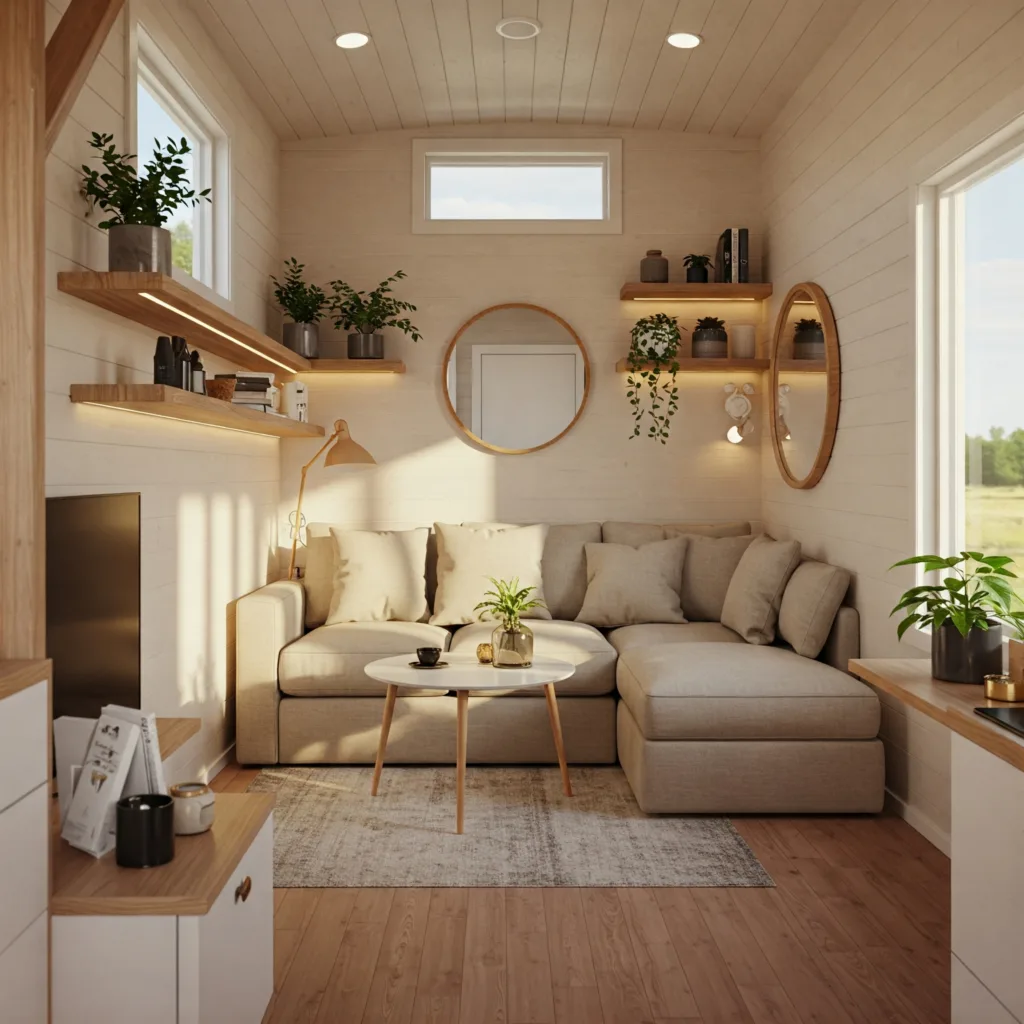
How to Apply the “Less but Better” Rule in Your Tiny Home
Ready to redesign your small space? Here’s how to make this golden rule work for you, room by room.
1. Choose Multi-Functional Furniture
A key principle of tiny home design is functionality without compromise. Opt for furniture that does double duty:
- Ottomans with hidden storage
- Beds with drawers underneath
- Fold-out dining tables
- Convertible sofas or daybeds
Investing in multi-functional pieces reduces clutter and increases usable space without adding bulk.
💡 Pro Tip: When shopping online, search for “convertible furniture for small spaces” or “multi-purpose tiny home furniture” for smart product suggestions.
2. Invest in Quality Over Quantity
Instead of filling your home with lots of inexpensive items, invest in a few well-crafted, durable pieces. This not only looks more cohesive but also ensures your furniture and decor stand the test of time.
Consider:
- A solid wood dining table that doubles as a desk.
- High-end black cabinet pulls for a modern kitchen touch.
- Premium wall hooks that function as both storage and decor.
These details add a sense of luxury to even the smallest spaces.
3. Stick to a Cohesive Color Palette
Too many colors in a small room can create chaos. A simple, cohesive color palette visually expands a space and makes it feel more unified.
Designers often recommend:
- Neutral tones for walls and large furniture
- Pops of color through accessories like cushions or artwork
- Metallic finishes (like brass or matte black) for hardware and fixtures
✅ Try combining warm whites with soft greys and wood tones for a cozy, modern feel.
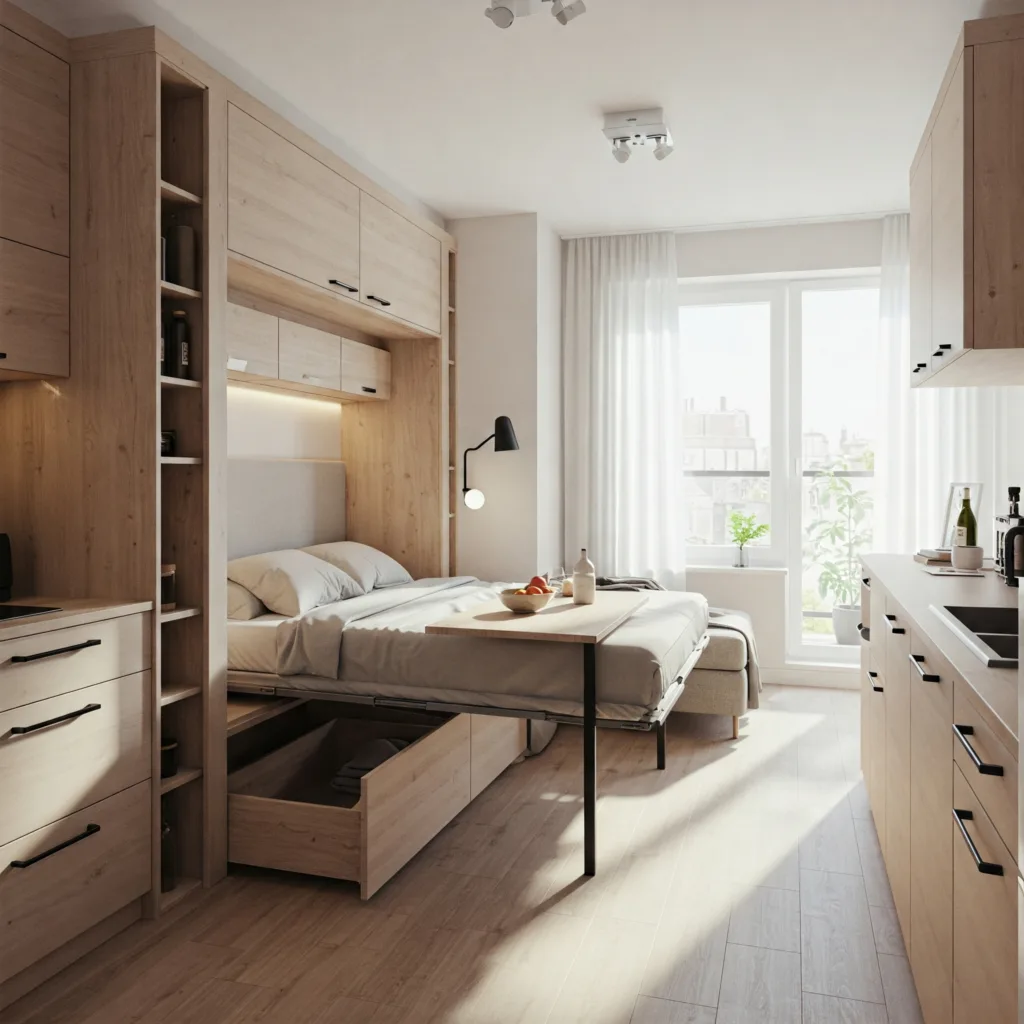
4. Edit Ruthlessly, Then Edit Again
Before adding anything new to your space, ask: “Do I love this? Does it serve a purpose?” If not, it’s time to let it go.
Designers call this the “curation process”, and it’s essential in tiny homes. Keep only the items that are:
- Useful
- Beautiful
- Sentimentally meaningful
This keeps your space feeling open, breathable, and clutter-free.
5. Embrace Vertical Storage
When floor space is limited, go up. Vertical storage solutions help you maximize wall real estate without sacrificing style.
Consider:
- Floating shelves
- Tall, slim bookcases
- Pegboards or hanging rails in the kitchen
- Wall-mounted lighting
These options maintain a clean footprint while offering plenty of storage.
6. Use Mirrors and Lighting to Expand the Space
Light and reflection are key tricks in the tiny home decorator’s toolbox. Mirrors amplify natural light and make rooms feel larger, while layered lighting adds depth and dimension.
Designers suggest:
- Hanging a large mirror opposite a window
- Using LED strip lights under shelves or cabinets
- Incorporating task lighting, ambient lighting, and accent lighting in each room
This technique makes a small room feel open and inviting, without adding square footage.
7. Opt for Smart Decor Choices
When selecting decorative elements, go for pieces with presence. One large, well-placed artwork will make more impact than five small frames.
Also, integrate decor into function:
- A sculptural lamp becomes both light source and art
- A textured throw blanket adds comfort and visual interest
- A flower wallpaper feature wall can define a whole area in an open-plan tiny home
🌼 Trend Alert: Floral wallpaper is making a huge comeback, especially in small spaces where a bold wall can serve as a statement feature.
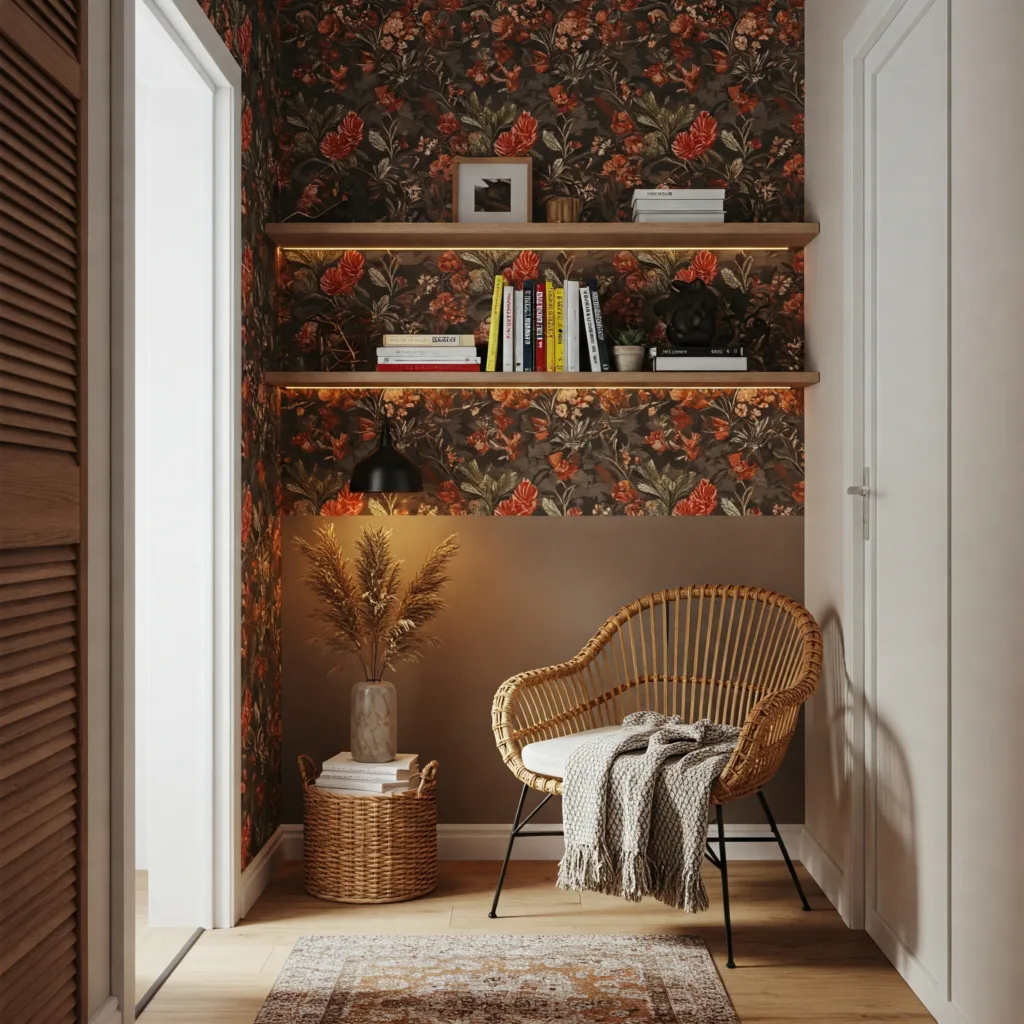
Real-Life Designer Advice for Decorating Tiny Spaces
We asked interior designers to share their top advice for applying the “Less but Better” rule:
“Don’t underestimate the power of a well-placed mirror and quality hardware. Something as small as switching to modern cabinet handles or matte black pulls can elevate your whole kitchen.” — Samantha Lee, Interior Stylist
“Every piece you bring into your space should make you feel something. If it doesn’t spark joy or serve a function, let it go.”, Marco Bellini, Tiny Home Architect
Final Thoughts: Small Space, Big Potential
Decorating a tiny home isn’t about limitation, it’s about intention. By embracing the “Less but Better” rule, you’re not just creating a stylish space. You’re building a home that reflects your values, your taste, and your lifestyle, all in a beautifully compact footprint.
Whether you’re just getting started or looking to refresh your tiny space, remember: design isn’t about how much you have, it’s about how well it’s used.
Make sure you’re following us on social media so you don’t miss any news.


